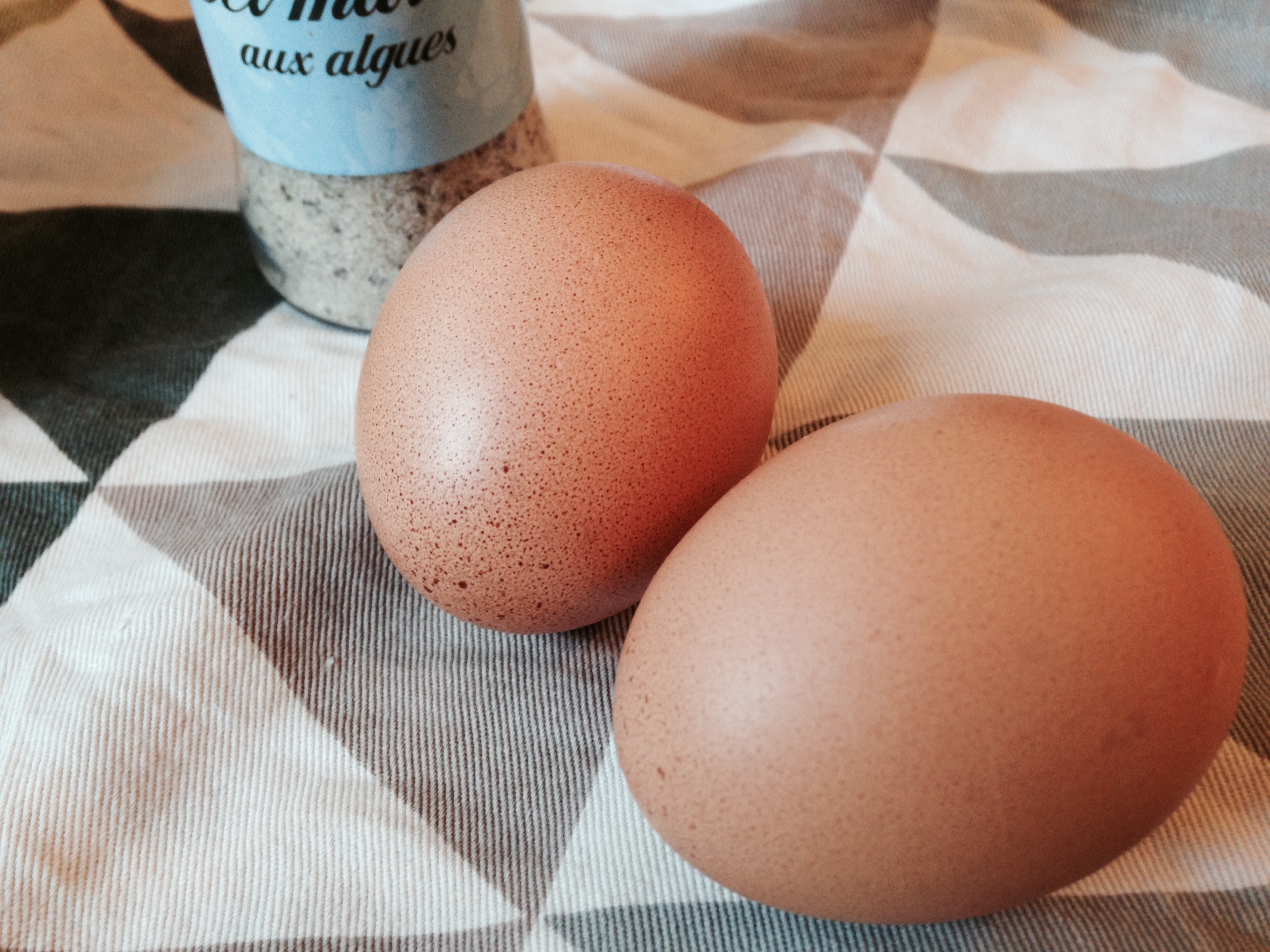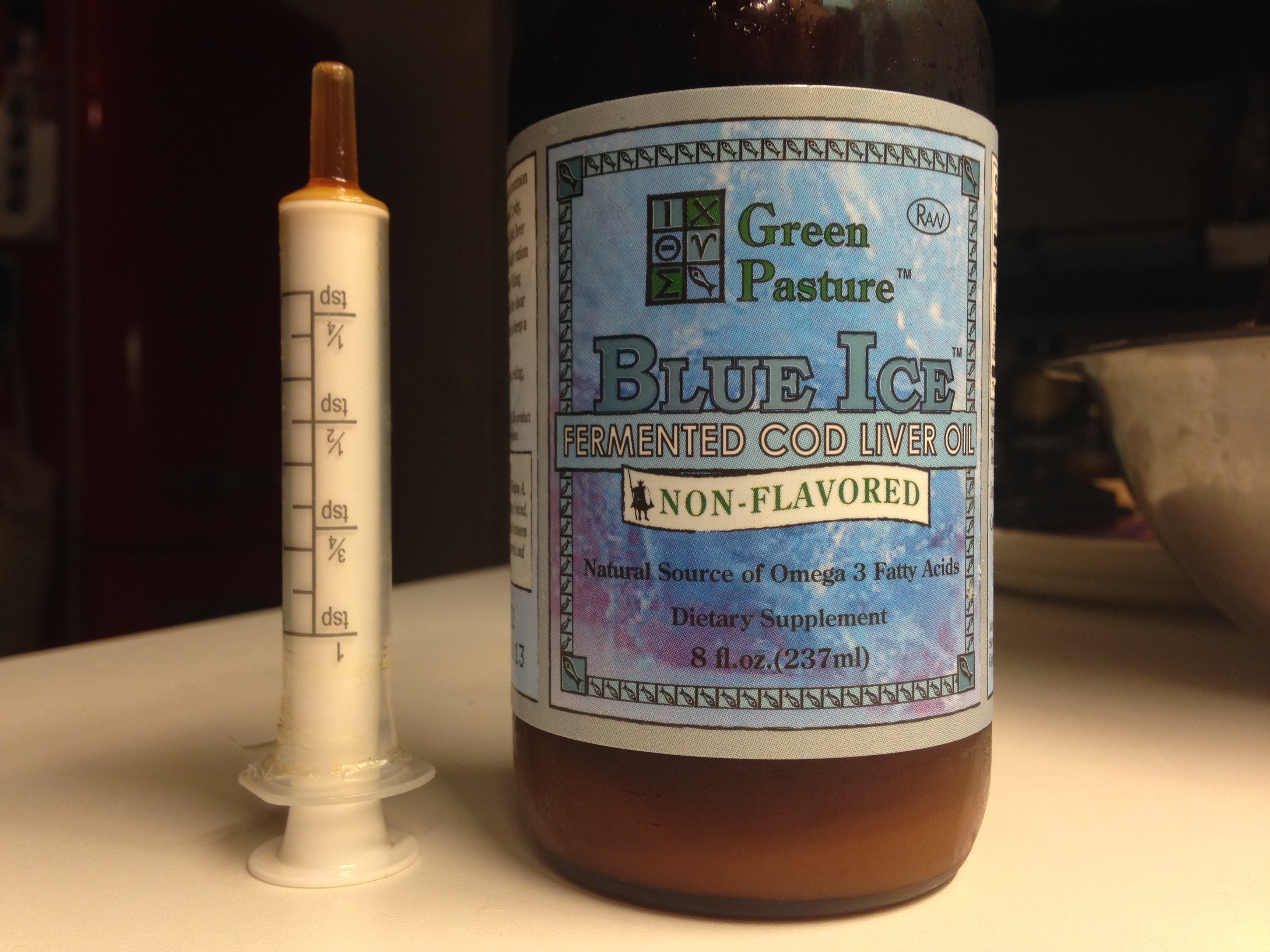 I’ve had two close girlfriends who became mothers earlier this year and I had promised them that I would have this blog entry by the time they have to start introducing solids to their little ones. Well the first baby is 5.5 months old right now so I need to get to it!
I’ve had two close girlfriends who became mothers earlier this year and I had promised them that I would have this blog entry by the time they have to start introducing solids to their little ones. Well the first baby is 5.5 months old right now so I need to get to it!
I guess those know me will not be surprised to hear that I did not much heed mainstream advice when it came to the introduction of solids either (whether it be how things are done in my native Turkey, longtime home United States or my current home, France). I mostly followed the tenets of the Weston A Price Foundation because, once again, it just made sense to me: the idea that what we put into our babies’ mouths determines the strength of their immune systems, this idea of “food as information,” as well as pleasure and comfort and all-around goodness — this is something I can really get behind. Now that it’s been more than a year down this road, I can say that it really has worked for us. And while some of it feels like more work, think of it as avoiding at least some of those long nights with a sick baby!
Before I continue any further, please note that for (much) more information and recipes than what I am able to provide here, I would highly recommend getting yourself a copy of Super Nutrition for Babies, which is still a staple in our kitchen more than a year into our “diversification alimentaire”. The Nourished Baby ebook is another wonderful resource as well.
Modern conventional wisdom tends to focus on veggies, cereals and legumes as first solids for baby, while largely neglecting animal-based foods. We tend to think of vegetables, especially leafy greens, as being the most nutritious thing on earth but it is actually animal-based foods that are the most chock-full of nutrition, and in the most bioavailable form for human beings to digest. This is especially true when it comes to babies since their digestive systems are immature and should not be overwhelmed. Now do not get me wrong; vegetables are an incredibly important part of a varied and healthful diet, and a big part of our family’s life, but it’s just that small babies do not yet have all the digestive wherewithal to break down all those fibrous bits and extract the nutrition they need. Grains and legumes are also problematic at this stage so need to be avoided (in fact cereal grains and legumes that are not properly prepared are problematic for everybody in general; more about that here and here).
So let’s get to our list, shall we? It turns out that the food that is most similar to mother’s milk in nutritional profile and digestibility is yolks from pasture-raised eggs (although it’s best to postpone the introduction of egg whites until one year old, since the proteins in this part can be problematic for wee tummies). Another one that is high up on the nourishment and digestibility scale is liver. I have already talked about this elsewhere but the nutritional profile of this organ meat, whether it be from grass-fed beef and veal or from farm-raised chickens, is truly impressive. I bought some good-quality veal liver and threw it in the freezer a few weeks before the start of my little guy’s culinary adventures. Freezing it for at least two weeks is an extra safety step since we will be consuming it raw (yes we will).
So here’s a perfect first meal: a soft-boiled egg yolk, with some shavings of frozen liver and a teeny pinch of unrefined sea salt (yes babies do need some amount of good-quality salt that hasn’t had its trace minerals refined the hell out of it). Remember, easy does it. This is a whole new world for your little one and his tummy so go easy and listen to his cues. If your baby is still on the boob and you’re eating a traditional whole-foods diet for the most part, the majority of his nutritional needs are being met so no need to panic if he doesn’t take to this solids thing so fast.
Other really good foods in this early period include avocados and very ripe bananas (ie with brown spots on the skin). Bananas are very digestible for baby since they actually contain some of the enzyme, called amylase, needed to digest them. These are also very convenient to carry around as snacks. You can also try vegetables like sweet potatoes and beets that you can sautée in some homemade broth and coconut oil then purée with the addition of some sea salt. Coconut oil is great since, as a saturated fat, it is highly stable and nutritious. It is also extremely easy on the little tummy as it requires no bile to be digested and goes straight into the system. I cannot stress enough the importance of always including a generous serving of fat with your veggies since many vitamins and minerals are fat-soluble. What this means is that water-based vegetable purées are really just unappetizing fillers that go straight through the system without being properly digested and possibly even causing irritation.
Other good ideas at this early stage include pureed meats (especially if made with digestion-enhancing broth), bone marrow and chicken liver pâté — get them started young, you will not regret it! Stewed fruits like apples and pears are also good (cooking them is important as the high pectin content in the raw fruit makes it difficult for them to digest). Just stew them with some water, making sure to add some coconut oil or butter, and run it through the mixer once it’s cool enough.
One essential ingredient for robust health is good ol’ fashioned fermented cod liver oil. I suggest taking this already throughout pregnancy and during breastfeeding. But starting around 4-6 months, you can start giving it to the baby directly. Back in the day, cod liver oil used to be universally recognized as an excellent immune booster and general healthful product. Its efficacy in combating and lessening the severity of colds and flus was well-accepted. But it fell out of fashion after the end of World War II. You know what was responsible for the decline? The advent of antibiotics. Hmm, need I say more?!
The quality of your cod liver oil is also very important since most products on the market are extracted through a heating process which kills all essentially interesting things inside and the vitamins are added back in artificially. Riight. So the brand I would highly recommend is Green Pasture whose fermentation process not only avoids this industrial mode of production but actually renders the cod liver oil even more nutritious. Here in Europe I order it from this company.
So these are some of my essentials for baby’s very first foods. Now I’ve got to hurry up and write about foods for growing babies…



THANK YOU! Can’t wait to try out some of your recipes 🙂